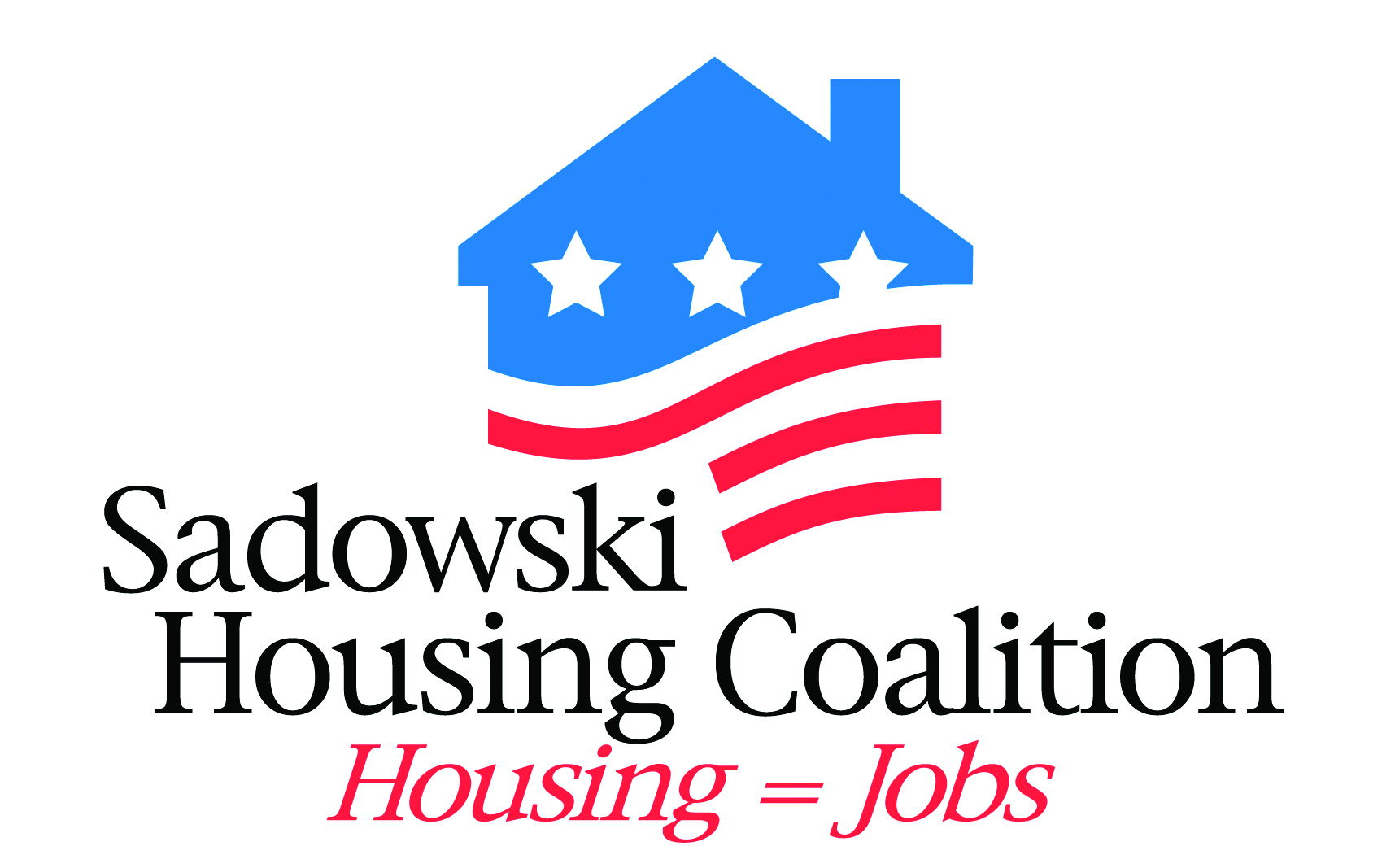Daytona Beach News Journal
The causes for this imbalance are many. Volusia County is experiencing a housing boom, with thousands of new homes being built or planned in new developments in Daytona Beach, Port Orange, New Smyrna Beach and elsewhere. Many of these residences will sell for more than $200,000. This is a sign of a growing economy that will attract new residents and expand the local tax base — and that developers are rushing to meet a rising demand.
At the same time, this area is suffering from a shortage of affordable housing to accommodate low-wage employees of the service industry that powers the economy.
It’s not a problem unique to Florida, or the nation at large. In the last decade, 9 million Americans have become new renters, the largest 10-year gain in history; during that time the percentage of households that rent has increased from 31 percent to 37 percent, the highest level in 50 years. That has put enormous pressure on the supply of rental housing, which in turn has contributed to higher rents.
That’s a bad trend in an era of stagnant wages. People work long hours for low pay and rarely see a raise in their paycheck while their rent keeps increasing, making it more and more difficult to raise a family and to save for the future. That is not conducive to a healthy society.
The effects are widespread, but as The News-Journal recently reported, they are acute in Volusia and Flagler counties, which rank 15th among the nation’s 382 metro areas for the most burdened renters. Within Florida, this area ranks second among nine regions, while having the lowest median income for renters — only $30,000 annually, with a median monthly housing cost of $963.
Data released last week show rental rates in the Daytona Beach market increased sharply by 6.4 percent year-over-year in October. Daytona Beach’s year-over-year rent growth leads the state average of 3.5 percent, as well as the national average of 2.7 percent.
What can be done to reverse this? The causes for this imbalance are many, so it requires a variety of strategies.
It starts with increasing the stock of affordable housing. Virtually all low-income housing developments in Volusia and Flagler counties have long waiting lists. A tight supply ensures that rents will remain high.
Local governments can play an important role through planning and zoning, by creating conditions favorable to building affordable housing. Reduce the amount of rules and regulations that inflate housing costs.
Kudos to the Ormond Beach City Commission, which in September voted to allow Tomoka Estates Apartments, a “workforce housing” development in a commercial area. Rent for the new units will range from $400 to $800, well below Volusia County’s average rent of $937.
In addition, unused, dilapidated houses can be renovated into rentals, and abandoned facilities, such as schools, can be repurposed with residential units. Also, think small: More and more communities are encouraging small-sale housing options such as tiny homes and microapartments.
Increase housing subsidies. That can be done at the state level simply by properly utilizing what already exists: the Sadowski State and Local Housing Trust Fund, which was created in 1992 to be a dedicated source for affordable housing funds. As with many such trusts, though, state lawmakers over the years have raided the Sadowski Fund for other spending purposes. The Legislature should use it for what it was intended, which would bring some relief to renters.
So long as the local (and state) economy relies so heavily on service-industry jobs, the community must find ways to close the wage-rent gap and ensure those employees can afford to live where they work.
Article last accessed here on November 6, 2017. A print-ready version is available here.
